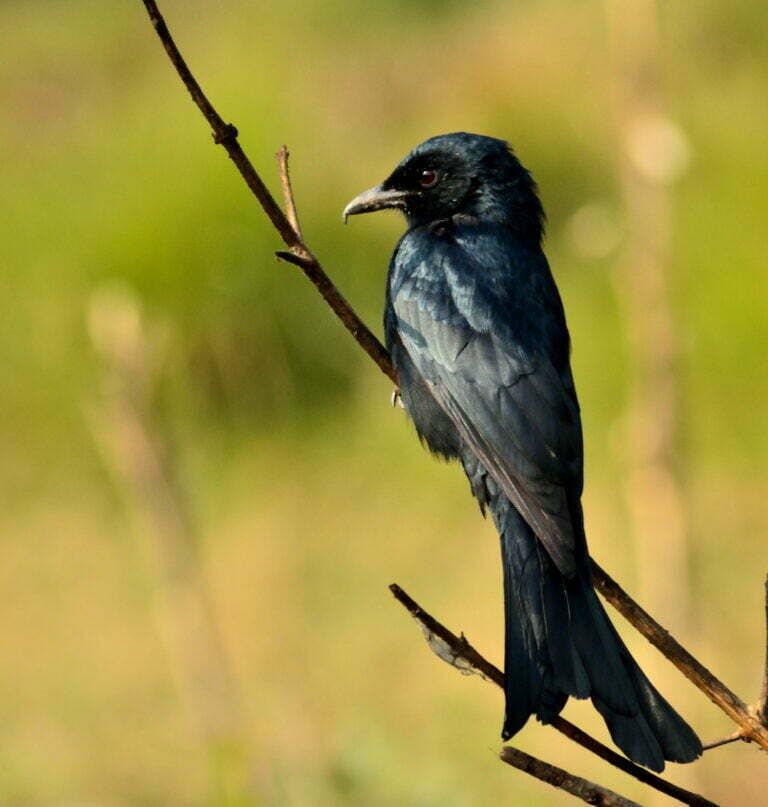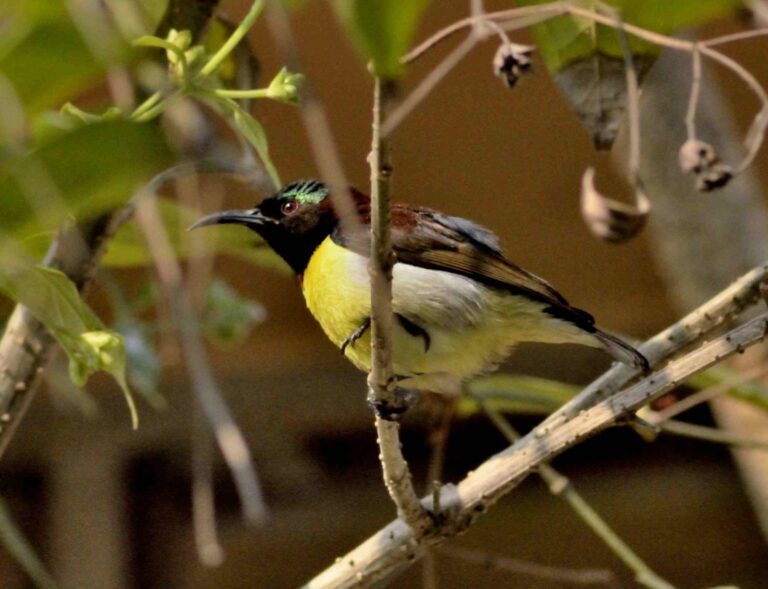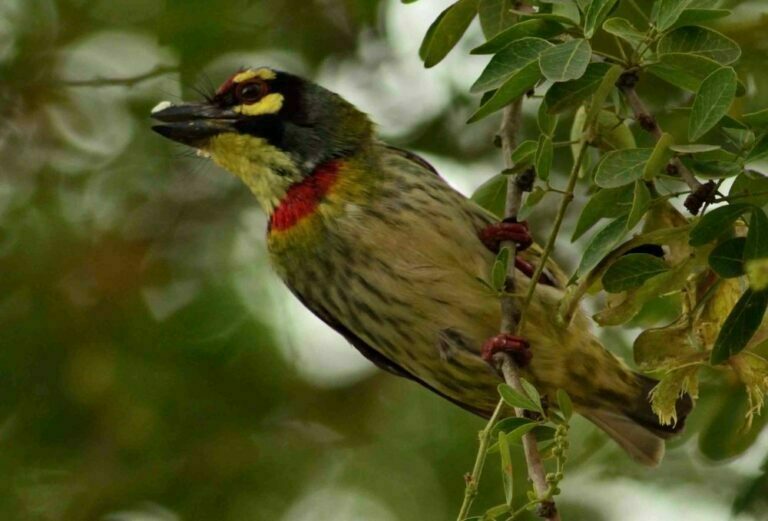Black Drongo

Black Drongo Birds, small passerines, breed in tropical southern Asia from southwest Iran east through India, Sri Lanka, southern China, and Indonesia.
Birds belong to the Aves class of warm-blooded vertebrates; they have feathers, beaks without teeth, hard-shelled eggs, a high metabolic rate, a four-chambered heart, and a lightweight yet robust skeleton.

Black Drongo Birds, small passerines, breed in tropical southern Asia from southwest Iran east through India, Sri Lanka, southern China, and Indonesia.

Kingfisher bird also known as White throated Kingfisher are widely distributed in Asia from Turkey east through the Indian subcontinent to the Philippines.

Purple sunbird (Cinnyris asiaticus) is a small sunbird. Like other sunbirds they feed mainly on nectar, although they will also take insects, especially when feeding young

Purple-rumped Sunbird, or Leptocoma zeylonica, or Moutusi Bird in Bengali, is a type of sunbird that is only found in the Indian Subcontinent.

Woodpecker birds belong to the family Picidae, which includes over 200 species worldwide. There are members of this family all over the world, with the exception of Australia, New Guinea, New Zealand, Madagascar, and the extreme polar regions. These species are known to live in forests or woodland habitats.

Psilopogon haemacephalus, a Coppersmith Barbet bird with a crimson forehead and throat, is recognized for its rhythmic call, which resembles a coppersmith hammering metal.

Grey Pelican or Spot-Billed Pelican is 49–60 inches long, weighs 4.1–6 kg, has a wingspan of 213–250 cm, and a big beak between 285 and 355 mm in length.

The Yellow-footed Green Pigeon (Treron phoenicopterus), alternatively referred to as the Yellow-legged Green Pigeon, is a striking pigeon species native to certain regions of South Asia. It is among the commonly found species of green pigeons within the Indian subcontinent. In local parlance, it is known as "Hariyal" and holds the honor of being designated as the state bird of Maharashtra. The Yellow-footed Green Pigeon is known to inhabit a wide variety of wooded environments, including dry and wet deciduous forests, secondary growth areas, scrublands, tree groves in open landscapes, agricultural land, villages, overgrown gardens, and tree-lined roads. These pigeons exhibit social behavior, typically living in groups. They are often encountered in pairs or small gatherings ranging from 5 to 10 individuals, although at times they form large congregations numbering in the hundreds. Below is a brief overview of this remarkable bird:

Little egret (Egretta garzetta) is a species of small heron in the Bird family Ardeidae. It is a white bird with a slender black beak, long black legs and, in the western race, yellow feet. As an aquatic bird, it…

Red vented bulbul (Pycnonotus cafer) is a member of the Bulbul family of passerines. It is resident breeder across the Indian subcontinent, including Sri Lanka extending east to Burma and parts of Tibet.

Birds are a class of warm-blooded vertebrates known as Aves. They share several unique characteristics, including feathers, beaks without teeth, hard-shelled eggs, a high metabolic rate, a four-chambered heart, and a lightweight yet robust skeleton. These features make them a diverse and fascinating group of animals. Birds inhabit various ecosystems worldwide, from the tiny bee hummingbird, measuring 5.5 cm, to the towering ostrich, which can reach lengths of 2.8 m. There are approximately 10,000 bird species globally, with over half of them belonging to the passerine, or perching, group. India, one of the world’s most biodiverse regions, boasts a rich array of ecosystems, including islands. The country can be divided into four biodiversity hotspots, each with its own unique plant and animal life. These include deserts, high mountains, highlands, tropical and temperate forests, wetlands, grasslands, and riverine landscapes. India is home to several notable biodiversity hotspots, including the Himalayas, the Western Ghats, the Indo-Burma region, and Sundaland, including the Nicobar Islands. These areas are characterized by high levels of endemism, with numerous species found nowhere else.